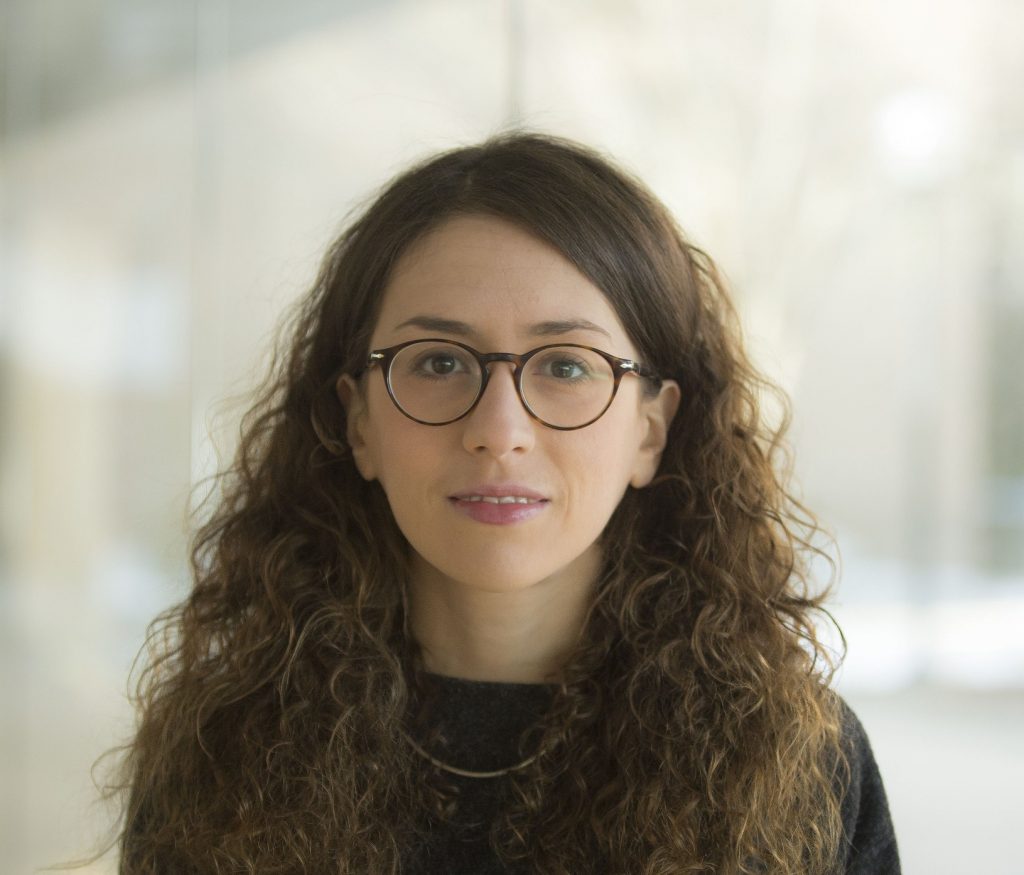
C.E.J. (Kees) Wijnberg – Head of Engineering at Transavia Airlines
Fleet Transition with an Aero-elasticity & Structural dynamics perspective.
Where a low cost airline such as Transavia is mainly interested in earning money by flying passengers and not necessarily in technical aspects such as Aero-elasticity and Structural Dynamics, society in general, our passengers and our other stakeholders are getting more demanding in terms of efficiency and sustainability. Hence, if we want to stay around as an airline, we need to increase our efficiency and sustainability, hence improve our processes, reduce noise, reduce weight and reduce fuel burn. The desire to remain in business is the reason why we are replacing our entire Boeing fleet with more modern, more cost efficient and more sustainable Airbus aircraft over the next 6 years. But replacing our fleet is not just replacing one tube with wings for another and continue our operation ‘as-is’. And, although the Airbus is significantly more cost efficient and cleaner, it is not the final solution to our challenges. I see the fleet transition as a wider concept where we can use the new aircraft and it’s more-advanced data systems as a means to keep improving our operation, but also as a trigger to start looking at our operation in a different way. Let’s also call it a transition to a ‘Smart Airline’. I believe that we need to increase our knowledge about technical solutions or aspects that will get us further on the path of efficiency and sustainability. This includes amongst other things gaining more knowledge about the aircraft itself and how to operate it more efficiently. But also gaining more knowledge about solutions where e.g. aero-elasticity & structural dynamics can play a role.
Dr. Climent is Head of Structural Dynamics & Aeroelasticity at Airbus DS Military Transport Aircraft.
Biography: Ir. Cornelis Eduard Jan (Kees) WIJNBERG LLB, studied Aerospace Engineering at the Delft University of Technology from 1991 till 1998 (major in Industrial Organisation) and Dutch Law at the Erasmus University Rotterdam from 2000 till 2005. After having worked at several Dutch companies at different positions, including Head of the Flight Physics & Loads department at the Royal NLR from 2025 till 2021, Kees is now Head of Engineering at Transavia Airlines.

Dr. Héctor Climent – Airbus Executive Expert in Structural Dynamics and Aeroelasticity
“On the shoulders of giants“
The keynote will present a personal review of the last 40 years of aeroelasticity and structural dynamics with emphasis on the programs in which I have participated highlighting the active contribution of IFASD to the development of the field. Credit will be given to those aeroelasticity and structural dynamics giants that from many different countries have contributed to the maturity of the discipline. Personal reflections and interpretations on on-going developments will be food for thought for the audience trying to trigger subsequent enriching discussions. The teaching of aeroelasticity taking into account that our new students are native digital will be also addressed. The keynote will end showing how I see the future of aeroelasticity submerged in the coming digital tide.
Biography: Héctor Climent is Airbus Executive Expert in Structural Dynamics and Aeroelasticity with more than 40 years experience in the field: aircraft dynamic loads (landing, taxi, gust, turbulence, buffet,…), aeroelasticity (flutter, control efficiency, divergence, GVT, FVT…), impacts (bird strike, crashworthiness, ditching, vulnerability,…), environmental vibration and interior noise. His experience by type of programs includes:
- Trainers: C-101.
- Fighters: EF-2000 (subsonic and supersonic)
- Airliners: Airbus A340 (HTP); MD-11 (HTP); A3XX
- Freighters: Airbus A330 F
- Small and medium military transports: C-212, CN-235, C-295
- Heavy military transports: A400M
- Business jets: as subcontractor of Dassault for Falcon 7X (HTP) and 10X (empennages)
- Air to Air Refuelling Tankers: A310 MRTT; A330 MRTT
- Air to Air Refuelling Boom System
- Unmanned Vehicles: ATLANTE; Eurodrone
He has been partner in many national and international research projects including twelve EU funded. He has presented more than 100 papers in international journals and conferences and is member of the scientific committee of the biennial IFASD conference since 1997. He chaired the organizing committee of IFASD 2001 and IFASD 2022, both in Madrid.
He is BSc & MSc Aeroelasticity professor and sub-director of the Master of Airframe in the University Carlos III Madrid.
Born in 1959, he is Aeronautical Engineer from the Polytechnic University of Madrid since 1982. He received a doctorate in the same university in 1995 with a PhD thesis on structural optimisation with aeroelastic constraints awarded with the prize of excellence. He joined the aeronautical company CASA in April 1984.

Dr. Cristina Riso – Assistant Professor in the School of Aerospace Engineering at Georgia Tech
Advances in Aeroelastic Prediction and Design Optimization for Next-Generation Aerospace Vehicles
The next generation of aerospace vehicles poses significant aeroelastic challenges, ranging from the large deflections of high-aspect-ratio wings to the unexplored dynamics of unconventional configurations. These challenges require advances in our ability to predict, mitigate, and harness aeroelastic phenomena in the design phase. This keynote will highlight recent progress in aeroelastic prediction and design optimization toward enabling lighter, faster, and more sustainable aerospace vehicles. The presentation will end by reflecting on challenges and opportunities in aeroelasticity research and education in a fast-changing world.
Biography: Cristina Riso is an Assistant Professor in the Daniel Guggenheim School of Aerospace Engineering at the Georgia Institute of Technology. Her research interests are in the modeling, analysis, and simulation of nonlinear aeroelastic systems and in the prediction and understanding of flutter and limit-cycle oscillations. Before joining Georgia Tech, she was a Research Fellow in the Department of Aerospace Engineering at the University of Michigan. Dr. Riso earned her B.S., M.S., and Ph.D. degrees from Sapienza University of Rome. She serves on the AIAA Structural Dynamics Technical Committee and VFS Dynamics Technical Committee, and has contributed to the Third AIAA Aeroelastic Prediction Workshop as a member of the Large Deflection Working Group.